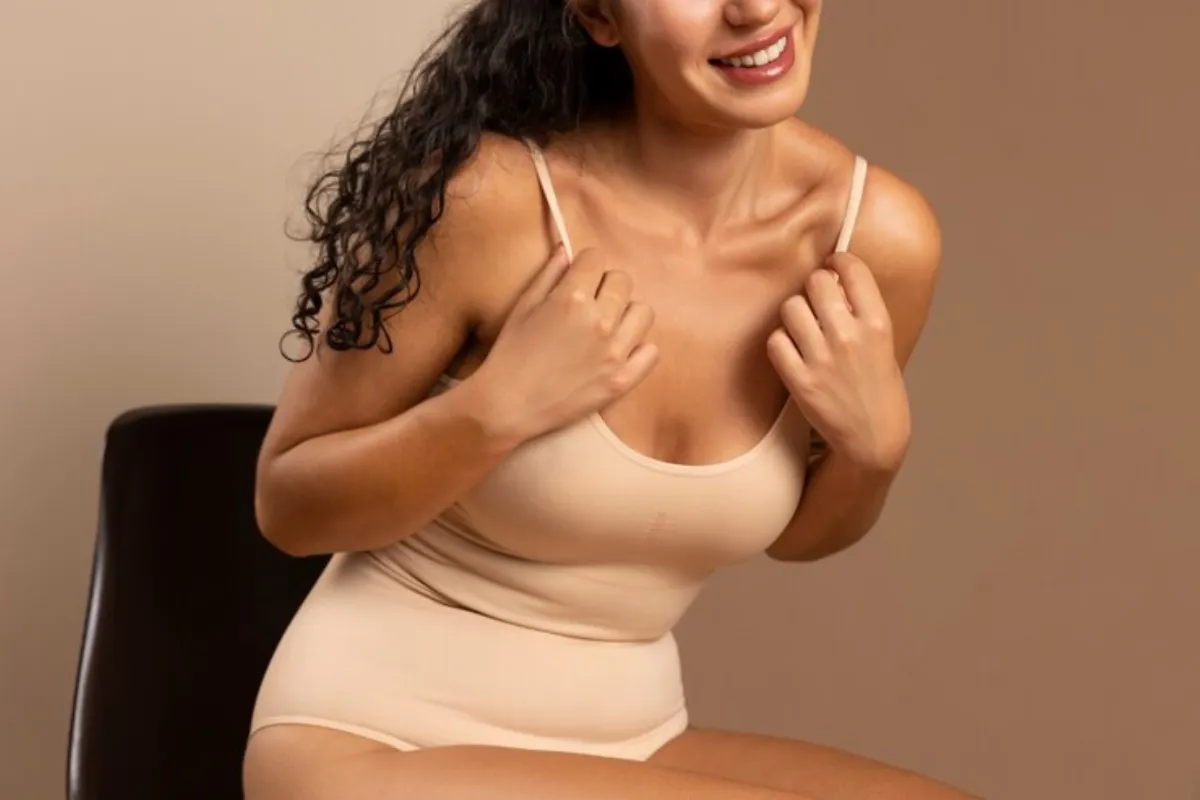For many women in India, sarees and kurtas have traditionally been a source of comfort and style. However, with changing times and a growing embrace of western fashion, clothing preferences have shifted towards T-shirts and form-fitting outfits. This, coupled with a rise in women’s independence and the influence of social media, has led to a noticeable increase in breast reduction surgeries across the country.
What is Breast Reduction Surgery?
Breast reduction surgery, also known as reduction mammaplasty, is a surgical procedure aimed at reducing the size of the breasts by removing excess fat, glandular tissue, and skin. It is often sought after by women with disproportionately large breasts who experience discomfort such as neck and shoulder pain, skin irritation, and difficulty finding well-fitting clothes.
While there’s no official data available on the exact number of breast reduction surgeries performed in India, there has been a noticeable rise in recent year. Let’s explore the reasons behind this trend:
From Discomfort to Confidence
The shift towards tighter clothing, which often lacks proper support for larger breasts, has resulted in a rise in neck and shoulder pain among many Indian women. Breast reduction surgery offers a solution, allowing them to embrace their preferred clothing styles without physical discomfort.
The Dream Outfit Factor
Many women considering breast reduction surgery express a desire to wear their favorite western dresses, which can be challenging with larger breasts. This yearning for comfort and a wider clothing range plays a significant role in their decision.
Financial Independence
A decade ago, financial dependence on parents or spouses often limited women’s access to elective surgeries like breast reduction. Today, with increased financial independence, young women are taking control of their healthcare choices. They’re earning enough to finance their surgeries and prioritize their physical well-being.
Beyond Pain Relief
Many women, especially after childbirth, seek breast reduction surgery to reduce their cup size and regain a sense of confidence and comfort in their bodies. This surgery empowers them to feel good about themselves, both physically and mentally.
Lack of Awareness
A decade ago, breast reduction surgery wasn’t as widely discussed in India. This lack of awareness meant many women might not have known this option existed to address their discomfort. Additionally, social media platforms weren’t as prominent, so there wasn’t the same level of open conversation or visibility around cosmetic procedures.
The Social Media Effect
Social media has undoubtedly played a significant role in bringing breast reduction surgery to light in India. Platforms like Instagram showcase women undergoing these procedures, which can be empowering and informative. They help normalise the surgery and create a space for open discussion.
However, social media can also have a negative influence. While it can raise awareness, it can also be a breeding ground for unrealistic beauty standards and body shaming.
The Dark Side of Comparison
Unfortunately, some social media commentary can be harsh and critical. This negativity can target women with larger breasts, making them feel insecure and pressured to conform to a specific body type often characterized by unrealistic proportions.
Potential Side Effects
While breast reduction surgery can be a life-changing experience for many, it’s crucial to understand the potential side effects:
- Scarring: While minimized, scarring is inevitable with this surgery. Scars may fade over time but won’t completely disappear.
- Changes in Sensation: Temporary or permanent changes in nipple or breast sensation, including numbness or hypersensitivity, can occur.
- Breastfeeding: Breast reduction surgery can impact a woman’s ability to breastfeed, although some women can still do so after the procedure.
- Uneven Breasts: There’s a possibility of uneven breasts after surgery, although achieving symmetry is a priority during the procedure.
- Infection Risk: As with any surgery, there’s a risk of infection, requiring antibiotic treatment.
Disclaimer: This material, including advice, provides general information only. It is in no way a substitute for a qualified medical opinion. Take the methods, and claims mentioned in this article as suggestions only; DNP India does not confirm or refute them. Consult a doctor before implementing any such suggestions/ treatment/medicine/diet.











